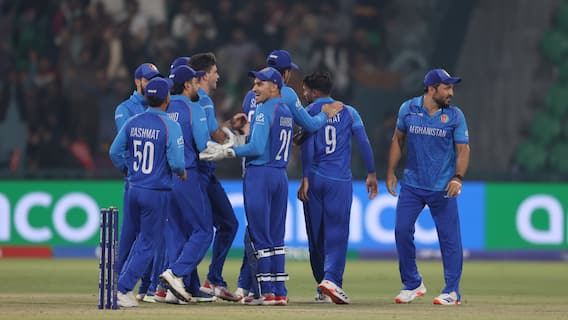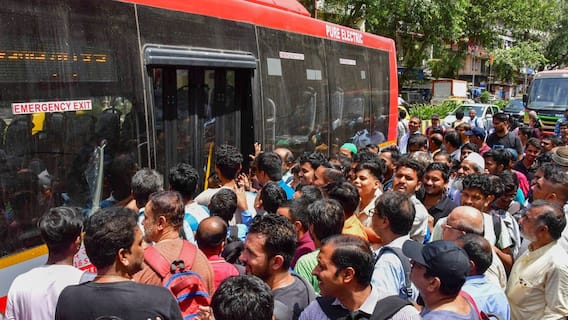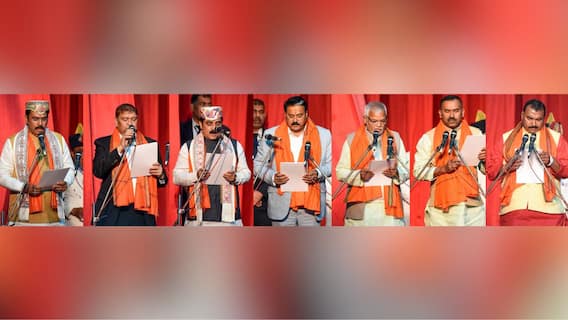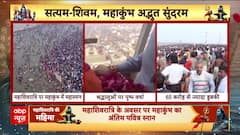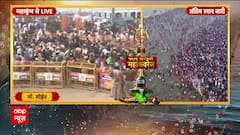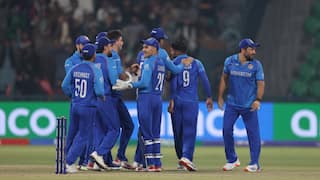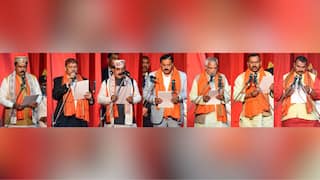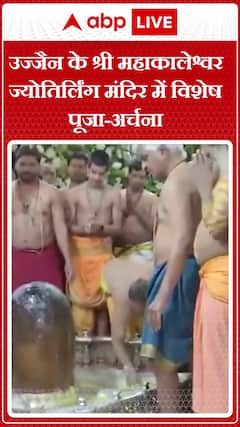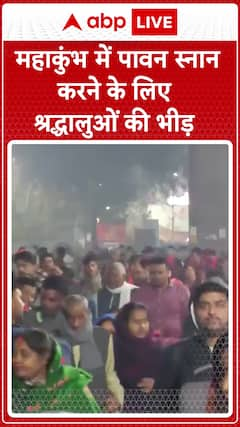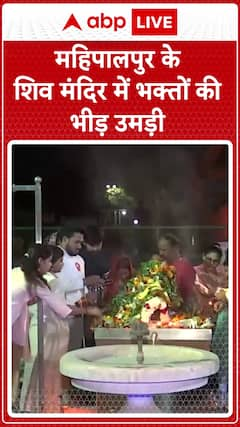Mahadevi Varma Death Anniversary: Remembering The Legacy Of One Of The Icons Of Women Empowerment In India
It is true that the field of Hindi literature would not be complete without honouring Mahadevi Varma. On her death anniversary, here's a glimpse of her life and work in the field of Hindi literature!

New Delhi: Without acknowledging Mahadevi Varma, the world of Hindi literature would not be complete, and this is not an exaggeration. Mahadevi Varma was one of the first Indian poetesses to dare to not just touch upon, but to address in detail, the important problem of women's empowerment. She is hailed as one of the four pioneers of Chhayavaad or neo-romanticism in Hindi poetry.
Childhood Days Of Mahadevi Varma:
Mahadevi Varma was born to Govind Prasad Varma and Hem Rani Devi in the Farrukhabad district of Uttar Pradesh. Her mother sparked a natural interest in Hindi and Sanskrit literature while her father, an English professor in a college in Bhagalpur, introduced her to western education and English literature. Young Mahadevi Varma naturally acquired a passion for writing at a very young age because she was raised in an environment that was supportive and rich in reading.
She began writing poems when she was seven years old, but she previously kept her collection of poetry and other writings a secret. Her literary talent didn't surface until her friend Subhadra Kumari Chauhan found her stockpile of manuscripts.
She expresses her gratitude for being born into a forward-thinking family in the following passage from her biography, "Mere Bachpan Ke Din," when daughters were viewed as a burden, she had a fortunate fortune to be born into a different thinking family. Her grandfather was trying to educate her. Despite being a devout woman, her mother was an expert in Hindi and Sanskrit. The mother of Mahadevi pushed her to create poetry and develop a love of reading.
Despite being married off at the young age of nine, she pursued her higher education at Allahabad's Crosthwaite Girls College, and by the time she graduated, she had established a reputation in literature.
Why Is Mahadevi Varma Considered An Icon Of Indian Women Empowerment?
Mahadevi Varma was passionately independent, free-spirited with a very strong stance when it comes to the rights of women. Mahadevi Varma published a number of potent pieces on the suffocation of women in publications like Chand throughout the 1930s. These essays were later collected in a collection titled "Shrinkhala ki Kadiyan."
Years before Frenchwoman Simone de Beauvoir promoted the idea of feminism in her seminal work, "The Second Sex (1949)," the volume was released in 1942, the writings of Mahadevi Varma were eloquent on the need to uplift women and combat the gender injustice that existed at the time. She discusses the daily marital struggles that women face in her renowned essay, "Ghar Aur Bahar."
She discussed related issues of women's oppression in another essay, "Hindu Stri Ka Patnitva." ‘Çha’, one of Mahadevi Varma's poems, is a powerful and innovative piece on women's sexuality that was viewed as being quite daring at the time.
Some Of The Famous Works Of Mahadevi Varma
Some of her most revered works include ‘Smriti ki rekhaen’; ‘A Pilgrimage to the Himalayas’, ‘Other Silhouettes from Memory’, and ‘Mera parivaar’ beside the evergreen pieces of poetry including Nihaar (1930), Rashmi (1932), Niraja (1934), and Sandhya geet (1936), all collected in Yama (1940). One of her most endearing works, also the favorite among children is the short story, ‘Gilu’, the story of an injured squirrel.
Trending News
Top Headlines












